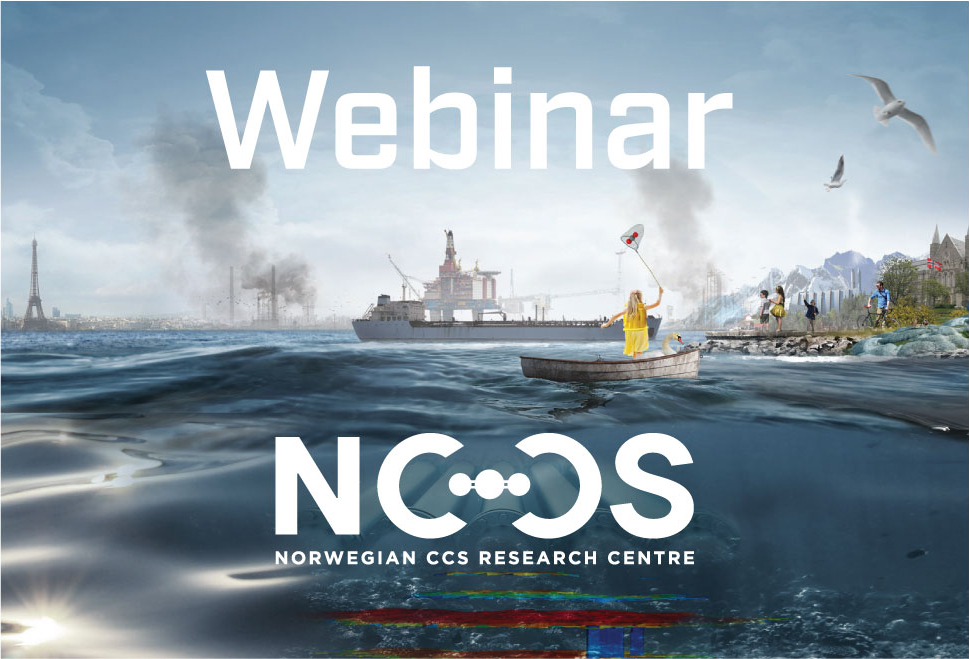|
|
Stress path of faults near CO2 injectors:
Case study using Smeaheia 3D geomechanics model
|
|
|
23 November 2021
13.00 - 13.30
|
|
|
Description
Simple but reliable estimation of CO2 injection-induced stresses change acting on the fault are important for an early-phase screening of critically oriented faults near the injector.
|
|
This webinar presents numerical simulation results that investigate the factors influencing the stress paths of faults using the field scale Smeaheia 3D geomechanics model. The results are then compared to widely used assumptions (e.g. uniaxial strain condition, no-confinement condition) to provide useful guidance on reliable fault stress paths that can be incorporated into analytical screening tools.
|
|
|
|
Fault risk consequence analysis addressing vertical migration rates along Vette fault
|
|
|
23 November 2021
13.30 - 14.00
|
|
|
Description
A new modelling tool for evaluating the potential along-fault flow rate is under development.
|
This is crucial for CO2 risk assessment in faulted reservoirs. One of the main challenges is to define the hydraulic properties of a fault. Here we apply well-known conceptual models for hydraulic fault characterisation, including shale gouge ratio (SGR) and clay-smear methods. The modelling approach is illustrated through generic examples.
|
|
Through a case study, using input parameter from the Vette Fault and surrounding formations, we determine leakage rates for various fault scenarios from the Smeaheia CO2 storage unit and upwards in the overburden.
|
|
|
|

|
|
|
|
|

|
|
Feel free to share this copy with a colleague or friend.
|
Thank you for reading our newsletters.
Amy Brunsvold, NCCS Centre Manager
|
|
|
|
 
|
|
|
|
|